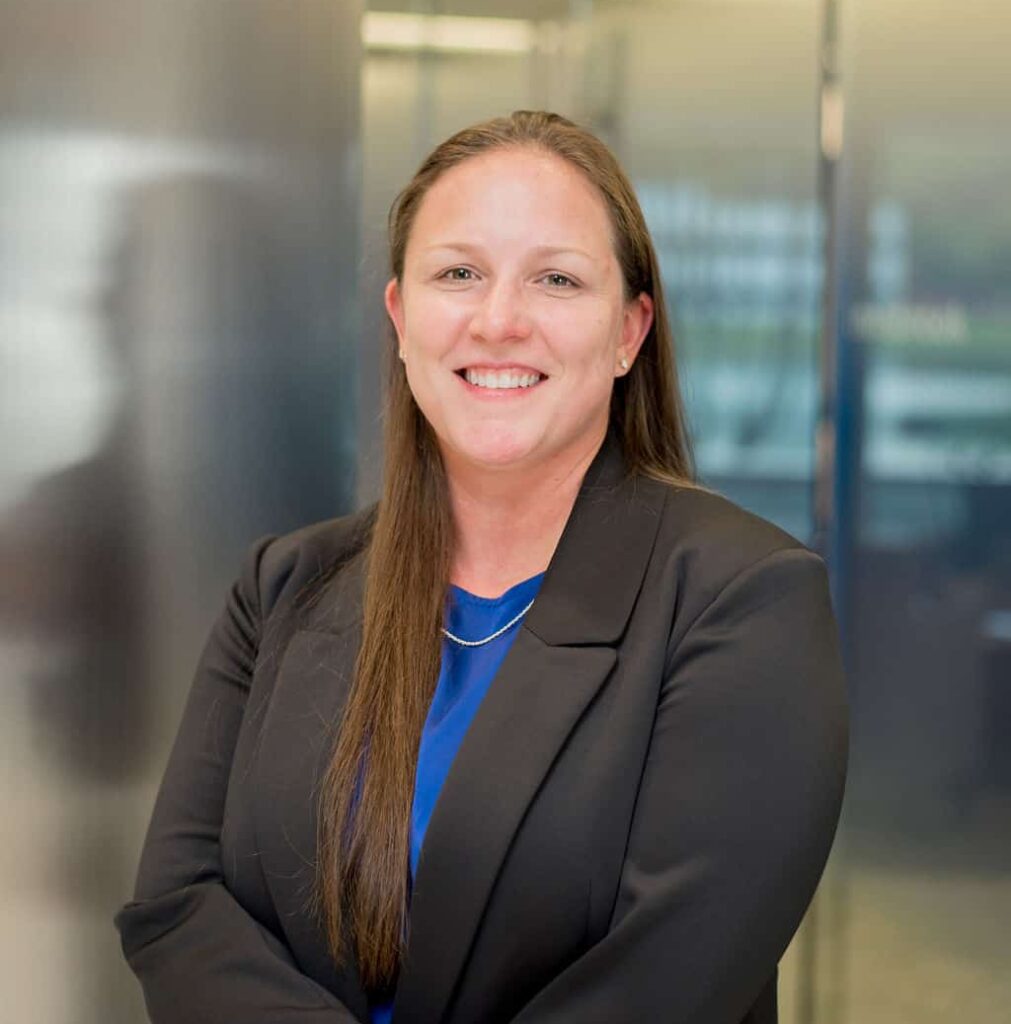By Amanda M. Mills, CPA, Tax Senior Manager

New guidance for real estate developers using alternative cost method
Earlier this year, the Internal Revenue Service (IRS) issued Revenue Procedure 2023-9 which provides updated guidance for real estate developers using the alternative cost method (ACM). This revenue procedure is effective for taxable years beginning after December 31, 2022. The new revenue procedure makes Revenue Procedure 92-29 obsolete. As a result, taxpayers may need to file a change in accounting method to adopt Revenue Procedure 2023-9 or to discontinue use of the Revenue Procedure 92-29 method for projects in service as of January 1, 2023.
Overview of the alternative cost method
The ACM is an optional safe harbor method of accounting that allows a developer to include a share of common improvement costs in the basis of individual units sold without meeting the economic performance requirements of IRC Section 461(h). As a result, this method of accounting allows a taxpayer to recognize estimated common improvement costs as units sell as opposed to when costs incur. The new rules and conditions set forth in Rev. Proc. 2023-9 resemble the outdated Rev. Proc. 92-29; however, the new guidance eases administrative burdens previously required for taxpayers and the IRS. Under prior guidance, taxpayers had to obtain IRS consent to use the ACM for each project, extend the statute of limitations on the assessment of tax, and file annual statements related to each project. Under the new procedure, implementation is much easier.
Eligibility
Rev. Proc. 2023-9 applies to the following real estate developers:
- Contractually obligated or required by law to provide common improvements as part of a qualifying project and;
- Use an overall accrual method of accounting or the Completed Contact Method (CCM)
A “common improvement” is any real property or improvement to real property that benefits two or more units that are separately held for sale by a developer. Examples of common improvements include streets, sidewalks, sewer lines, playgrounds, clubhouses, tennis courts, and swimming pools.
A “qualifying project” is defined as any project for which the developer will incur common improvement costs.
-
- Allocable to contracts accounted for under the CCM of accounting for which one or more benefited units are the subject matter and/or;
- Benefited units are properly accounted for under an accrual method.
The cost of the improvement may not be recovered through depreciation and the ACM must be applied to all qualifying projects in the taxpayer’s trade or business.
Cost Allocation
Under the ACM, a developer allocates the estimated cost of common improvements to all benefitted units or all CCM contracts in the qualifying project using any reasonable method. A reasonable method may include a pro rata allocation, an allocation based on relative costs to be incurred or relative unit size, or an allocation based on the relative fair market value of each unit. Different allocation methods may also be considered for different portions of the improvements; however, the allocation must be applied consistently among the benefitted units of a project.
The estimated cost of common improvements as of the end of any taxable year is equal to the amount of common improvement costs incurred under IRC Section 461(h) as of the end of the taxable year plus the amount of common improvement costs anticipated to be incurred over the next ten years. Overstated or understated estimated costs of common improvements related to previous years do not result in an amended return or an administrative adjustment request. Instead, the correction is made in and for the year the determination is made, subject to the alternative cost limitation (ACL).
The ACL prevents the estimated cost of common improvements included in the basis of parcels sold during the year from exceeding the total common improvement costs actually incurred under IRC Section 461(h) as of the end of year. Any costs not included in basis due to the ACL are carried forward and included to the extent that additional common improvement costs are incurred. Common improvement costs incurred in subsequent years are first allocated to the units previously sold (or CCM contracts completed) and then to the units sold (or CCM contracts completed) in the current year, subject to the ACL. The ACL is determined on a project-by-project basis which prevents developers from including costs from one qualifying project in the ACM calculations of another qualifying project.
Revenue Procedure 2023-9 provides detailed examples for the applicability of the ACM and the ACL.
Other Take-Aways
- The ACM does not affect the application of general capitalization rules for developers under IRC Section 263(a) and IRC Section 263A.
- A developer using the ACM must keep and maintain sufficient books and records to establish compliance and timely provide these records upon request by the Commissioner. Failure to provide the required records in a timely manner or to comply with the provisions of this revenue procedure may result in the Commissioner changing the developer’s method of accounting for its common improvement costs to a proper method of accounting. All books and records should be maintained, at a minimum, for as long as costs of the qualifying project may be incurred or taken into account and for three years after filing of the federal return for the last taxable year in which the costs of the project may be incurred or taken into account.
- ACM is a method of accounting under IRC Section 446(e) to which IRC Section 481 applies. Accordingly, taxpayers must use the automatic change procedures in Revenue Procedure 2015-13 or its successor and the newly added section 20.14 of Revenue Procedure 2022-14. A taxpayer changing its method of accounting for common improvement costs may be able to file a short Form 3115 in lieu of a standard Form 3115 provided they meet the requirements as outlined in Rev. Proc. 2023-9.
This revenue procedure outdates decades-old guidance and offers real estate developers an opportunity to review their method of accounting for common improvement costs and the ability to file an automatic change in accounting method.
If you have tax questions specific to real estate developers or methods of accounting, contact your Keiter Opportunity Advisor.
About the Author
The information contained within this article is provided for informational purposes only and is current as of the date published. Online readers are advised not to act upon this information without seeking the service of a professional accountant, as this article is not a substitute for obtaining accounting, tax, or financial advice from a professional accountant.



